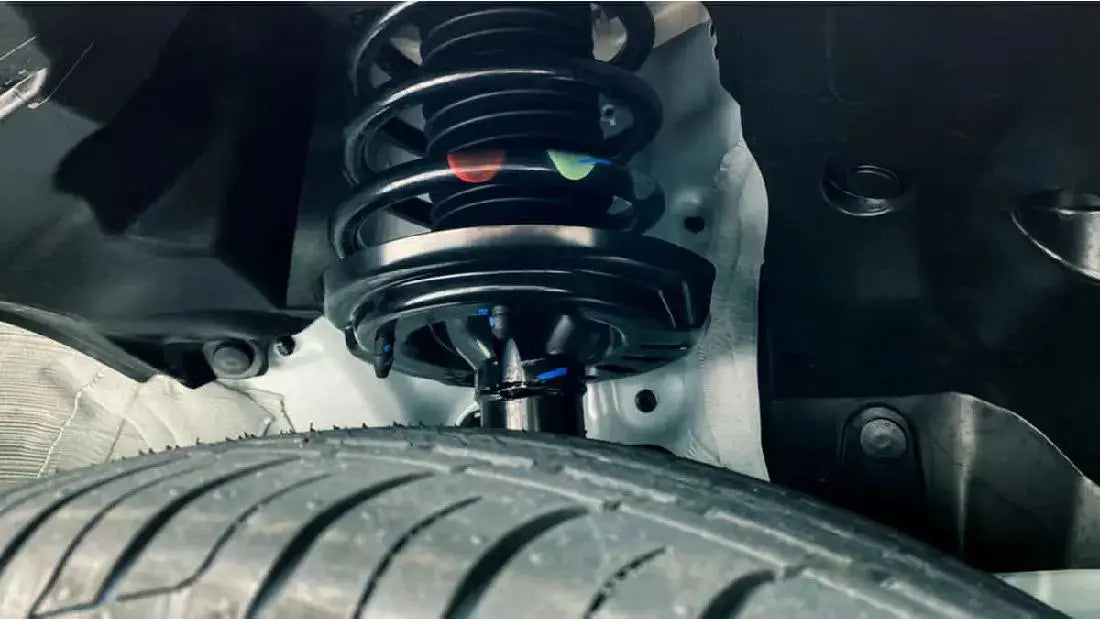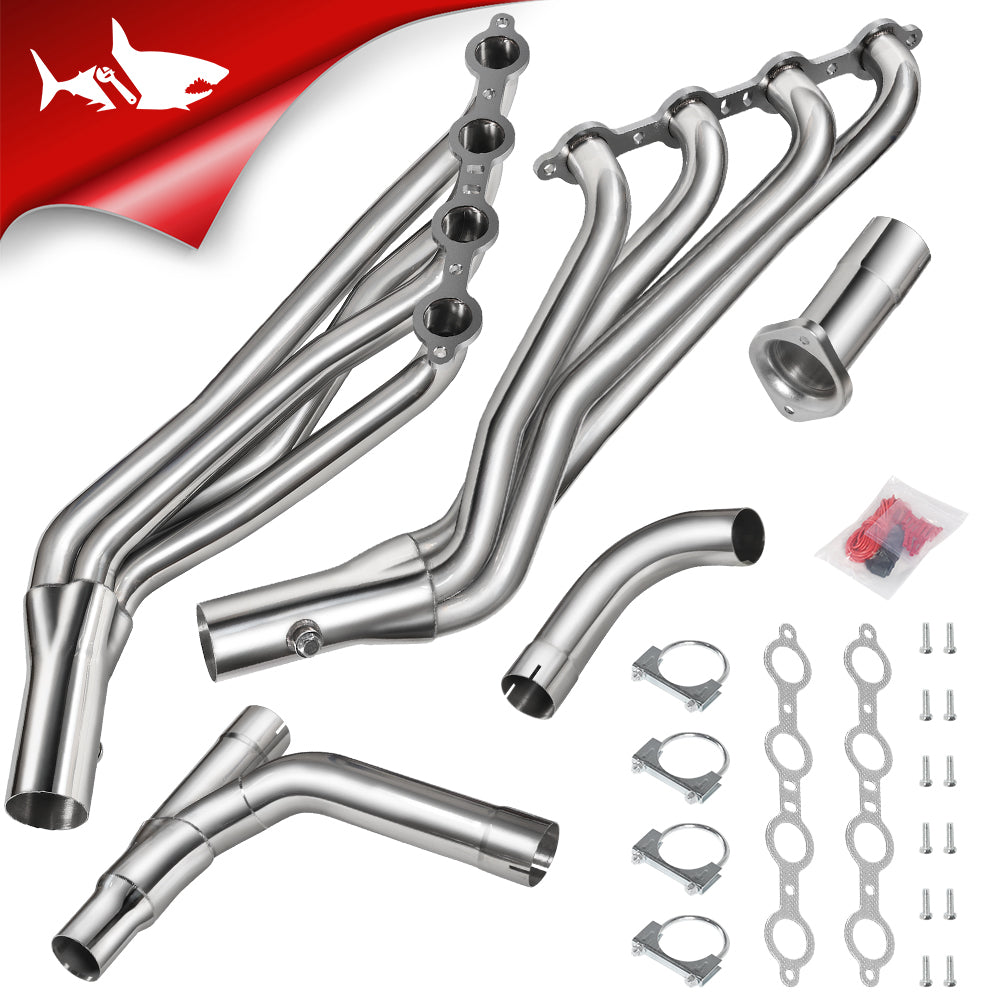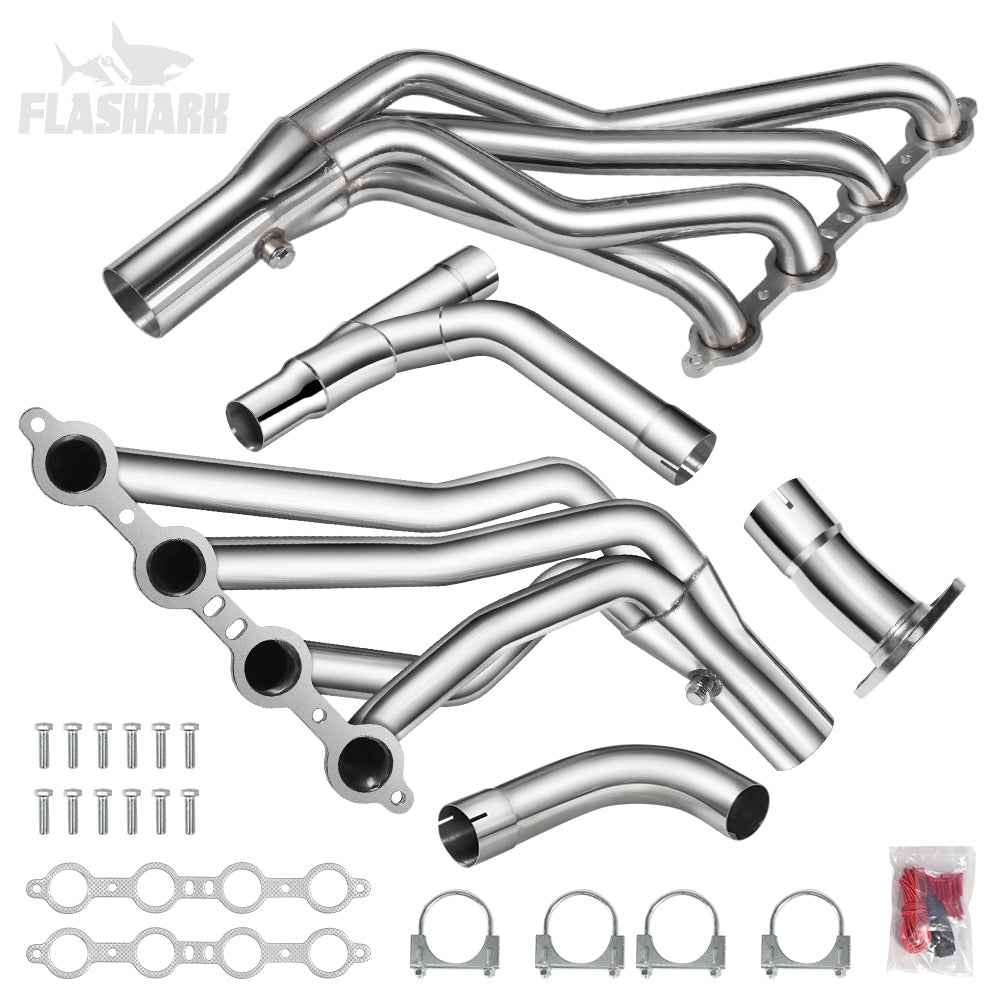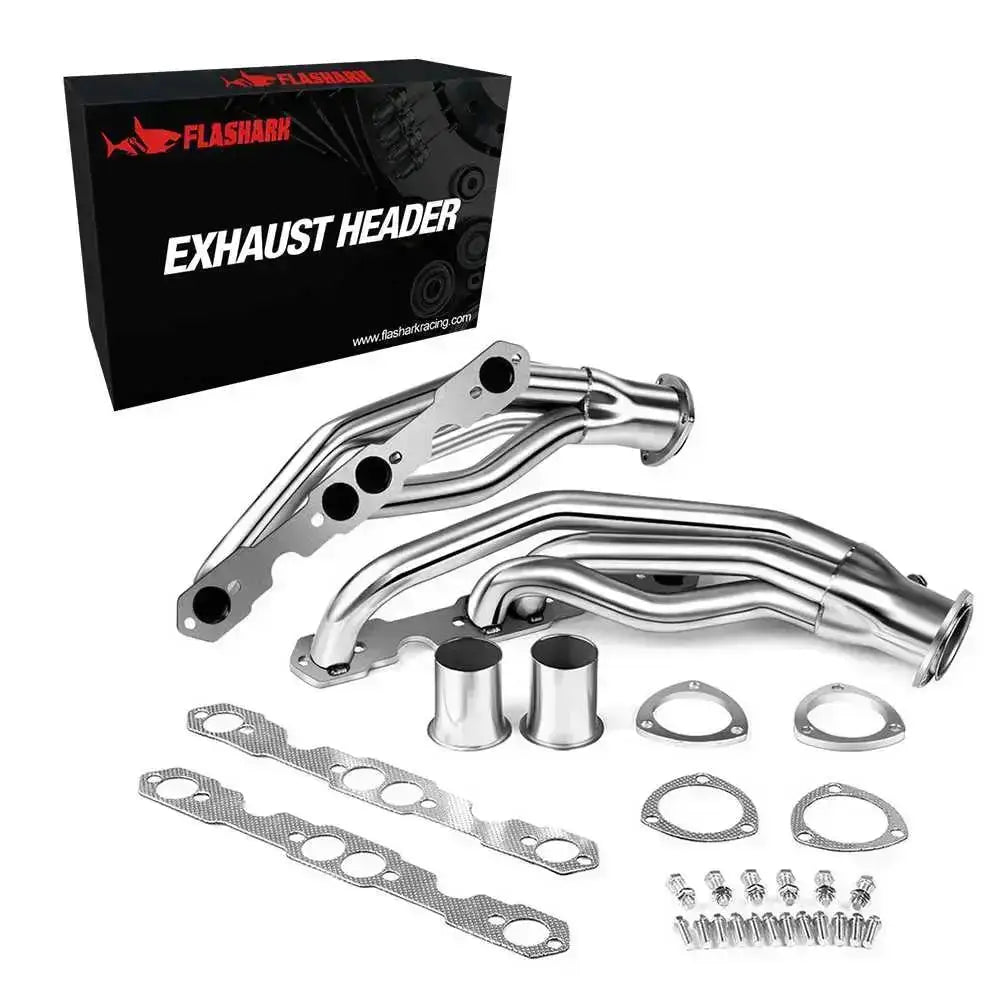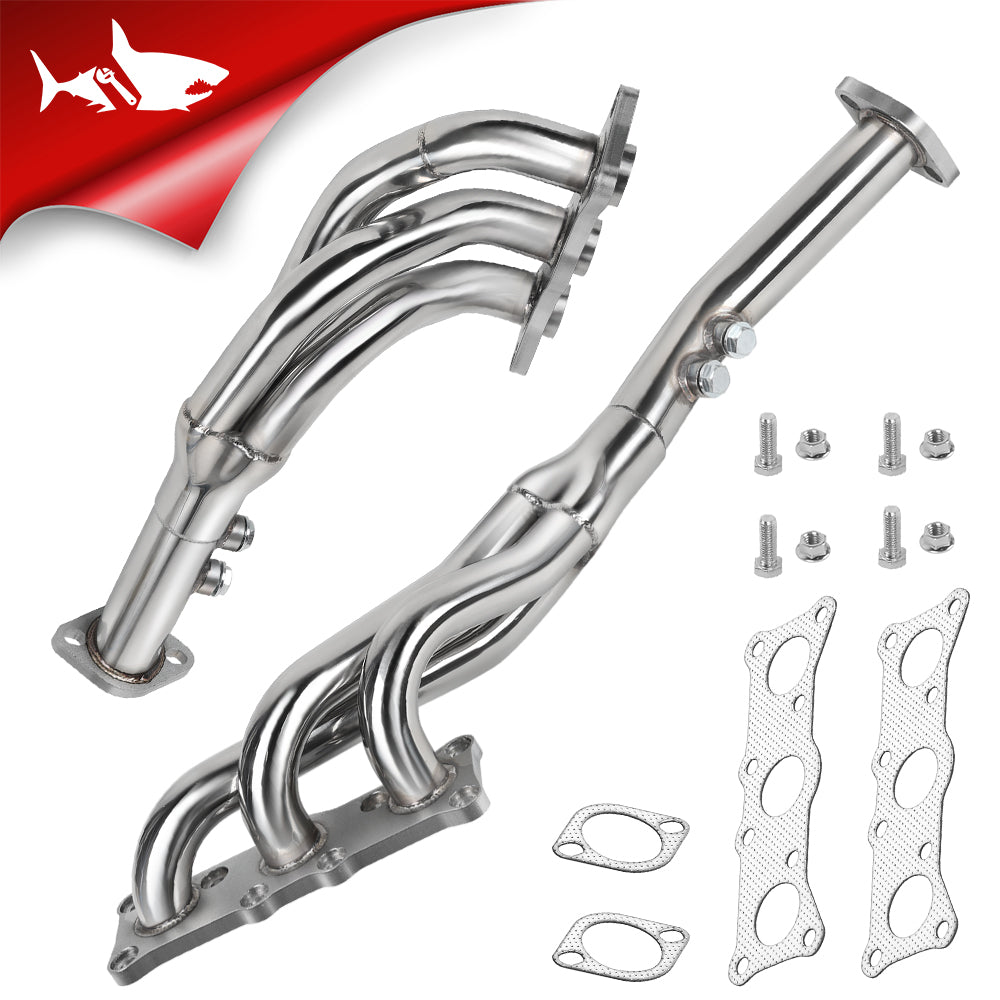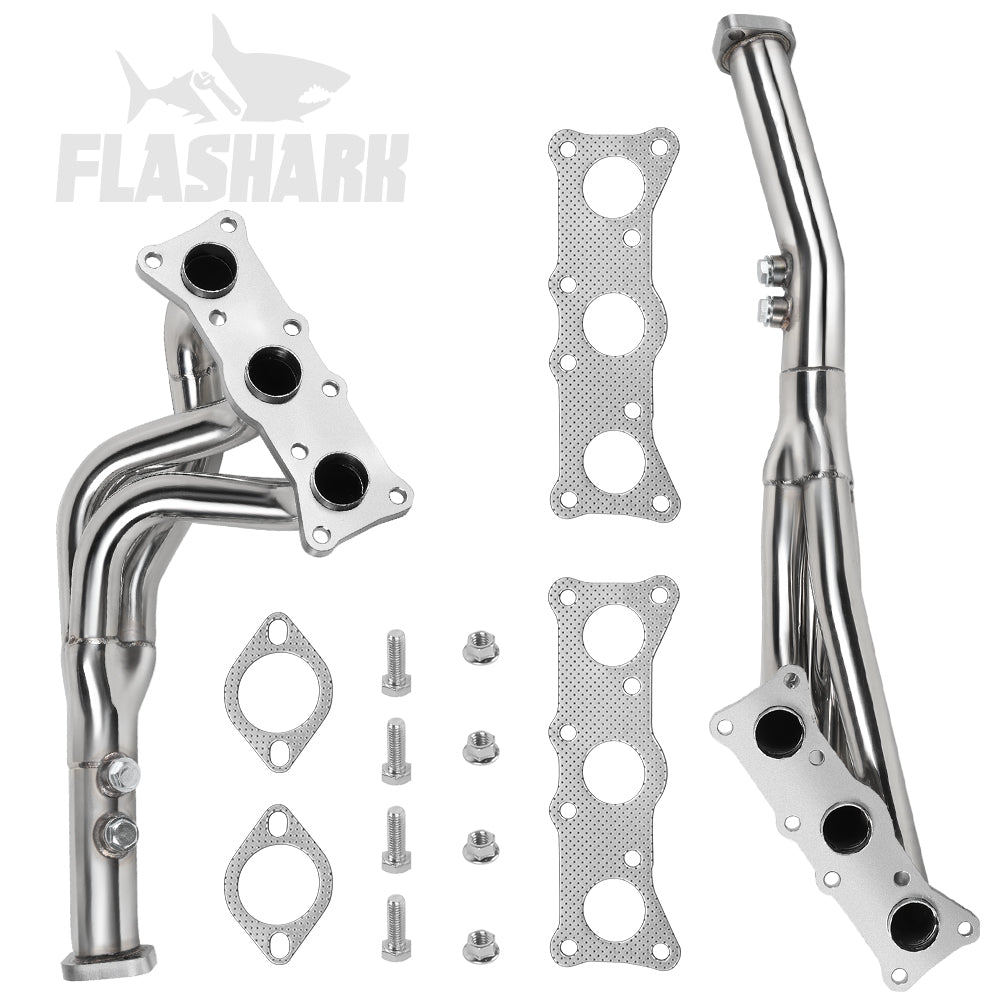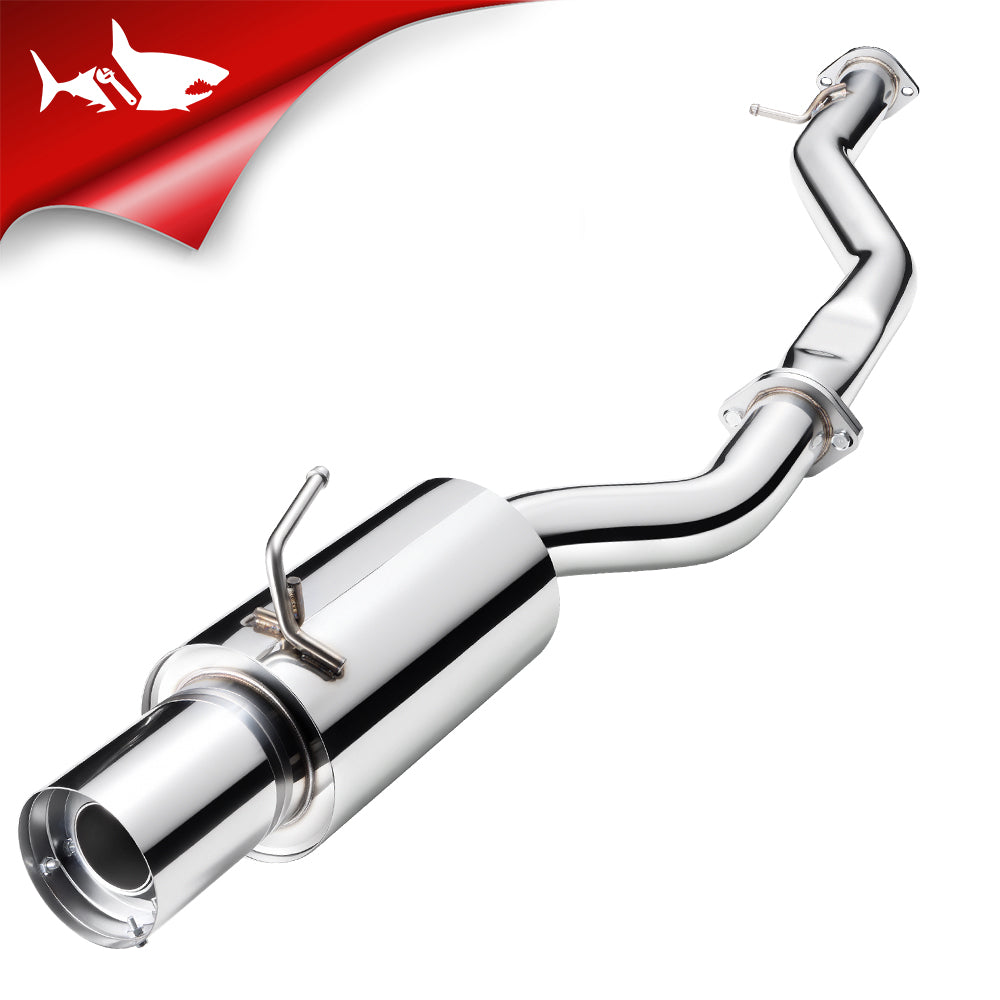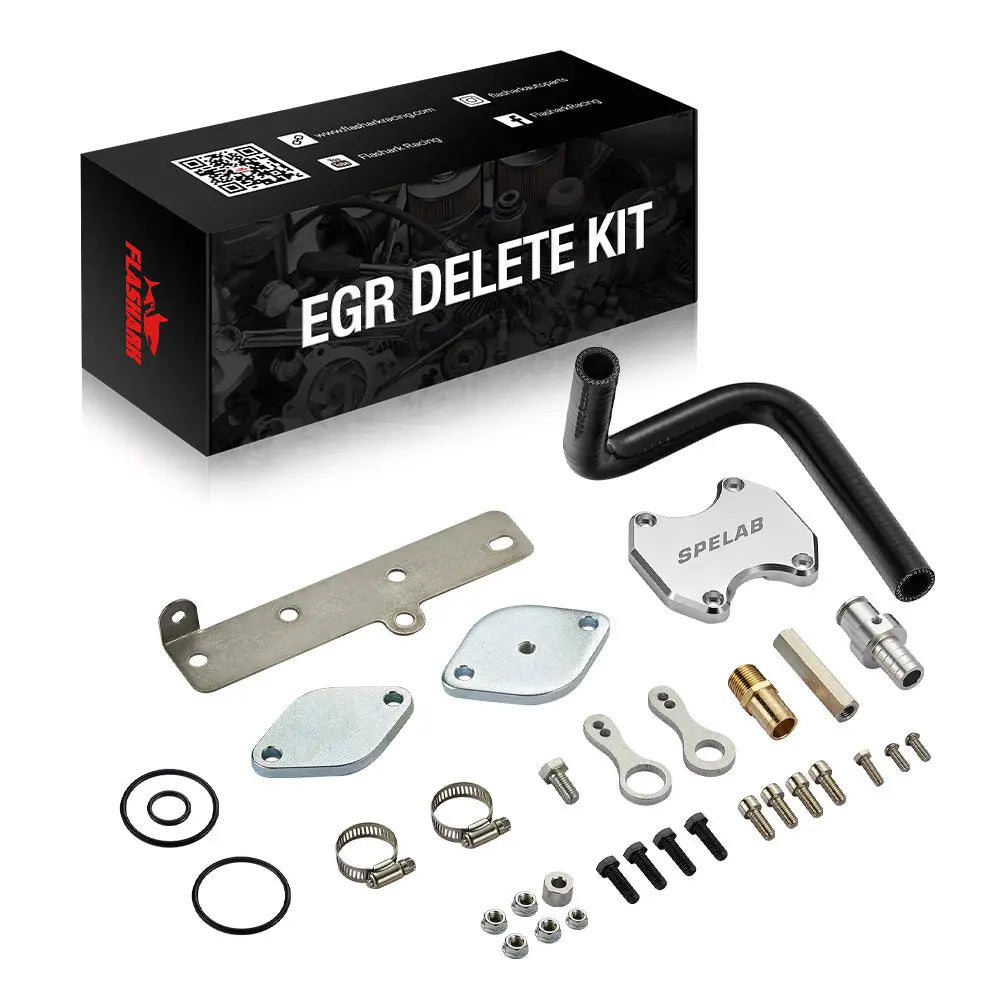Front struts are the backbone of your car's suspension system, keeping your ride smooth and stable. When they're in top shape, you barely notice them. But when they start to fail, your driving experience can go south quickly.
Why Front Struts Are So Important
Front struts play a pivotal role in your vehicle's suspension system. They absorb the bumps and jolts from the road, ensuring your ride is smooth and stable. A well-functioning strut system enhances comfort and contributes to safer driving conditions.
The strut assembly is a complex unit made up of several essential parts. The shock absorber sits at the heart of the assembly, dampening the impact from road imperfections. Around this is the coil spring, which supports your vehicle's weight and maintains its height off the road.
Connecting the strut assembly to your vehicle is the strut mount. It's not just a connector; it also allows for a range of movement. This adaptability is key for effective steering and for the suspension to adjust to varying road conditions.
Another vital component is the strut bearing. It minimizes friction between the strut and its mount, facilitating smoother steering actions. This small part also helps extend the lifespan of the entire strut assembly.
Each part of the strut assembly has a unique function, and they all need to be in good condition for the system to work effectively. When even one component starts to deteriorate, it can affect the entire system.

Signs Your Front Struts Need Some Attention
If your car feels like it's bouncing and jolting over every little bump, that's a clear sign your front struts need attention. A rough ride usually points to issues with your suspension system, specifically the Front Strut Assembly.
Hearing creaks, groans, or thumps? Those noises are more than just irritating; they're a warning that your struts might be nearing the end of their lifespan.
Uneven tire wear is another symptom you shouldn't ignore. This often means your struts are affecting your car's alignment, which is not something to take lightly.
Being aware of these signs is crucial. The next step is taking timely action before a small problem becomes a big one. Keep your senses sharp—listen for odd sounds, check your tire tread, and be mindful of how your car handles. It'll make a world of difference in your driving experience.
Types of Strut Damage You Might Encounter
Leaks are one of the most common issues you'll face with struts. When the seals in the shock absorber start to fail, they let the fluid escape. This compromises your ability to glide smoothly over those potholes and speed bumps.
Corrosion is another problem that can sneak up on you. The metal parts of the strut assembly are exposed to all kinds of elements—salt, water, you name it. Over time, these elements can eat away at the metal, weakening the entire assembly.
Worn-out bushings are also worth mentioning. These little rubber parts can degrade, causing more metal-on-metal contact. That's usually the culprit behind those weird creaking or thumping noises you might hear.
Each of these issues can seriously affect your ride quality and safety. For example, leaks can make your car handle like a boat, swaying and bouncing. Corrosion can lead to structural failure, and worn bushings can mess with your steering.
If you're considering tackling your next strut job yourself, here's some good news. Use promo code FLA15 when buying Flashark parts and save some cash. Doing it yourself gives you control and keeps some money in your pocket. Or you can also find more exclusive coupon codes here!

When It's Time to Swap Out Your Front Struts
The lifespan of front struts can vary, but generally, you're looking at around 50,000 to 100,000 miles. When you start to feel every bump in the road or hear odd noises, it's probably time to consider a replacement.
Now, about those indicators. A shaky ride, strange sounds, and uneven tire wear are all signs that your struts are past their prime. These symptoms can affect your vehicle's overall performance, including the Suspension System.
Replacing struts isn't a walk in the park, but it's doable. You'll need some basic tools like a jack, jack stands, and a wrench set. Oh, and don't forget to grab a torque wrench to make sure everything's tightened to spec.
Before you dive in, make sure to consult your vehicle's manual for any specific guidelines. Manufacturers often provide torque specs and other details that can make the job smoother.
Once you've got your new struts, the process is pretty straightforward. Remove the old ones, install the new ones, and tighten everything down. After that, getting an alignment is always a good idea to ensure everything is in tip-top shape.

Conclusion
Front struts are essential to your car's overall performance, giving you a smooth and stable ride. Overlooking signs of wear and tear can quickly ruin your driving experience. While the idea of replacing them might seem intimidating, it's a job many can handle themselves, and having a more experienced friend assist can make it even easier.

